Pros and Cons of Using Composite Decking in Raised Garden Beds
Analyze the advantages and disadvantages of using composite decking for raised garden beds. Understand the environmental impact and practical considerations before making your choice.
Pros and Cons of Using Composite Decking in Raised Garden Beds
Introduction
Raised garden beds are a popular choice among gardeners due to their numerous benefits, including better soil drainage, easier weed control, and improved accessibility. One material gaining traction for constructing these beds is composite decking. But can you use composite decking for raised garden beds? This article will explore the advantages and disadvantages of using this material, covering aspects like durability, cost-effectiveness, environmental impact, and practical usage tips.
Durability and Maintenance
Composite decking is known for its durability and low maintenance requirements. Unlike wood, which requires regular painting or staining, composite materials are resistant to rot, insects, and moisture. This makes them an excellent choice for outdoor applications like raised garden beds, where constant exposure to water and soil can be challenging for traditional materials. However, it’s essential to note that not all composite materials are created equal. Some brands may degrade faster than others under certain conditions, so choosing a reputable manufacturer is crucial.
Cost-Effectiveness
When considering the initial cost, composite decking can be more expensive than traditional wood options. However, over time, the reduced maintenance needs can make it a cost-effective solution. Regularly treating wooden beds with preservatives or replacing damaged boards can add up, whereas composite materials require minimal upkeep. Additionally, the longevity of composite decking can lead to fewer replacements over the years, making it a worthwhile investment for many gardeners.
Environmental Impact
One significant advantage of composite decking is its environmental friendliness. Made from recycled plastics and wood fibers, these materials help reduce waste in landfills. However, the production process of composite decking does involve the use of chemicals, which can have negative environmental impacts. Therefore, while composite decking offers a greener alternative to some extent, it’s important to weigh this against other eco-friendly options available for raised garden beds.
Practical Usage Tips
When using composite decking for raised garden beds, consider the following tips:
- Choose high-quality composite materials to ensure longevity.
- Ensure proper drainage by incorporating holes in the bottom of the beds.
- Maintain a consistent watering schedule to prevent dryness or overwatering.
- Regularly check the structural integrity of the beds, especially after extreme weather events.
These tips can help maximize the benefits of using composite decking while minimizing potential drawbacks.
Conclusion
In conclusion, composite decking can be a viable option for raised garden beds, offering several advantages such as durability, reduced maintenance, and environmental benefits. However, it’s important to carefully evaluate the costs and environmental implications before making a decision. With the right considerations, composite decking can provide a sustainable and effective solution for your gardening needs.
Reference
How to Build a Raised Garden Bed, Family Handyman
Baoding Plastroy WPC Products
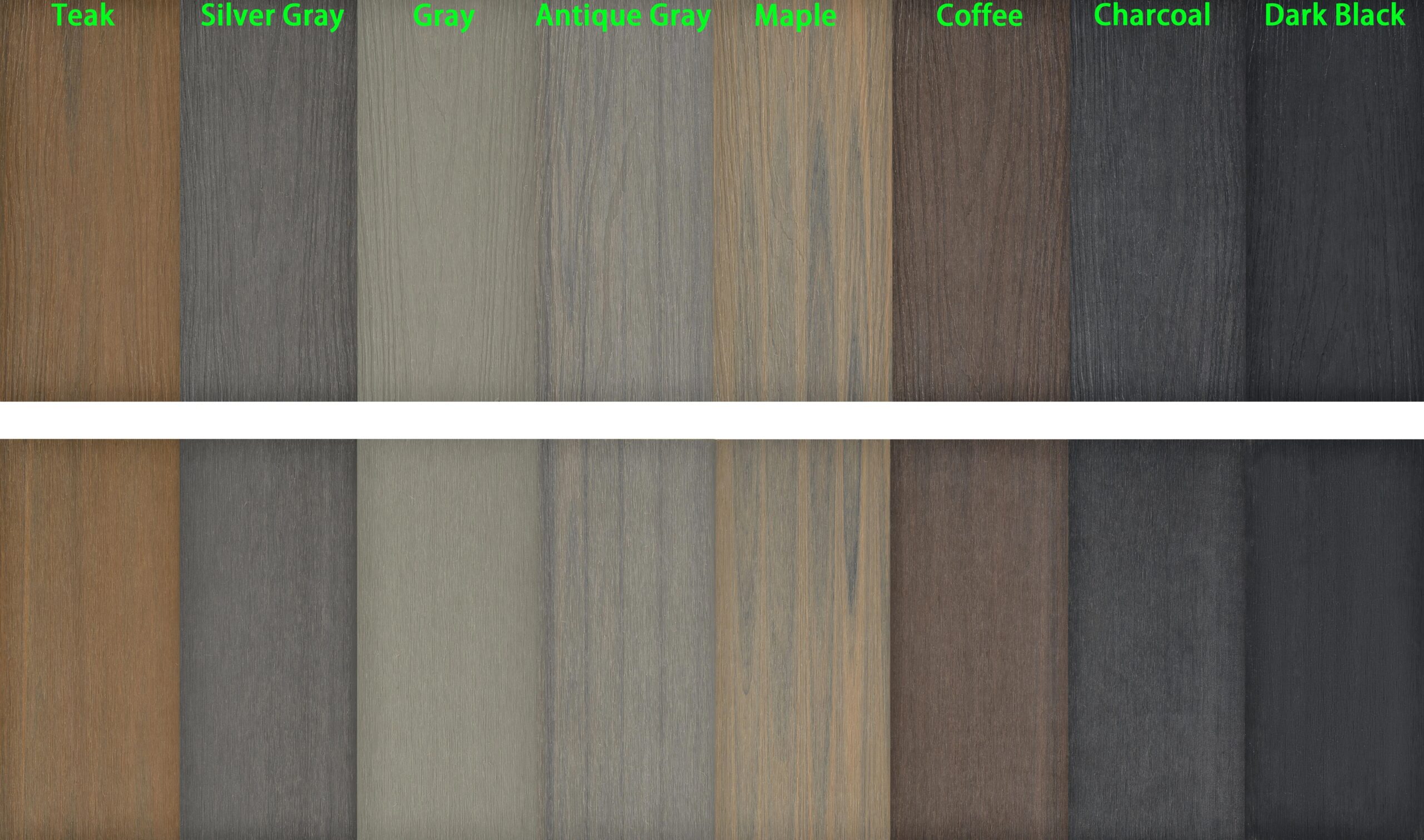
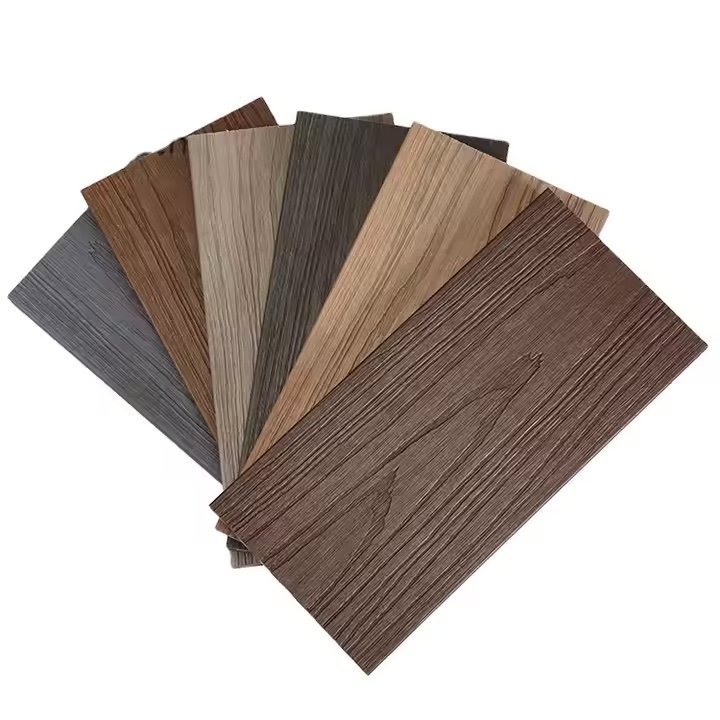
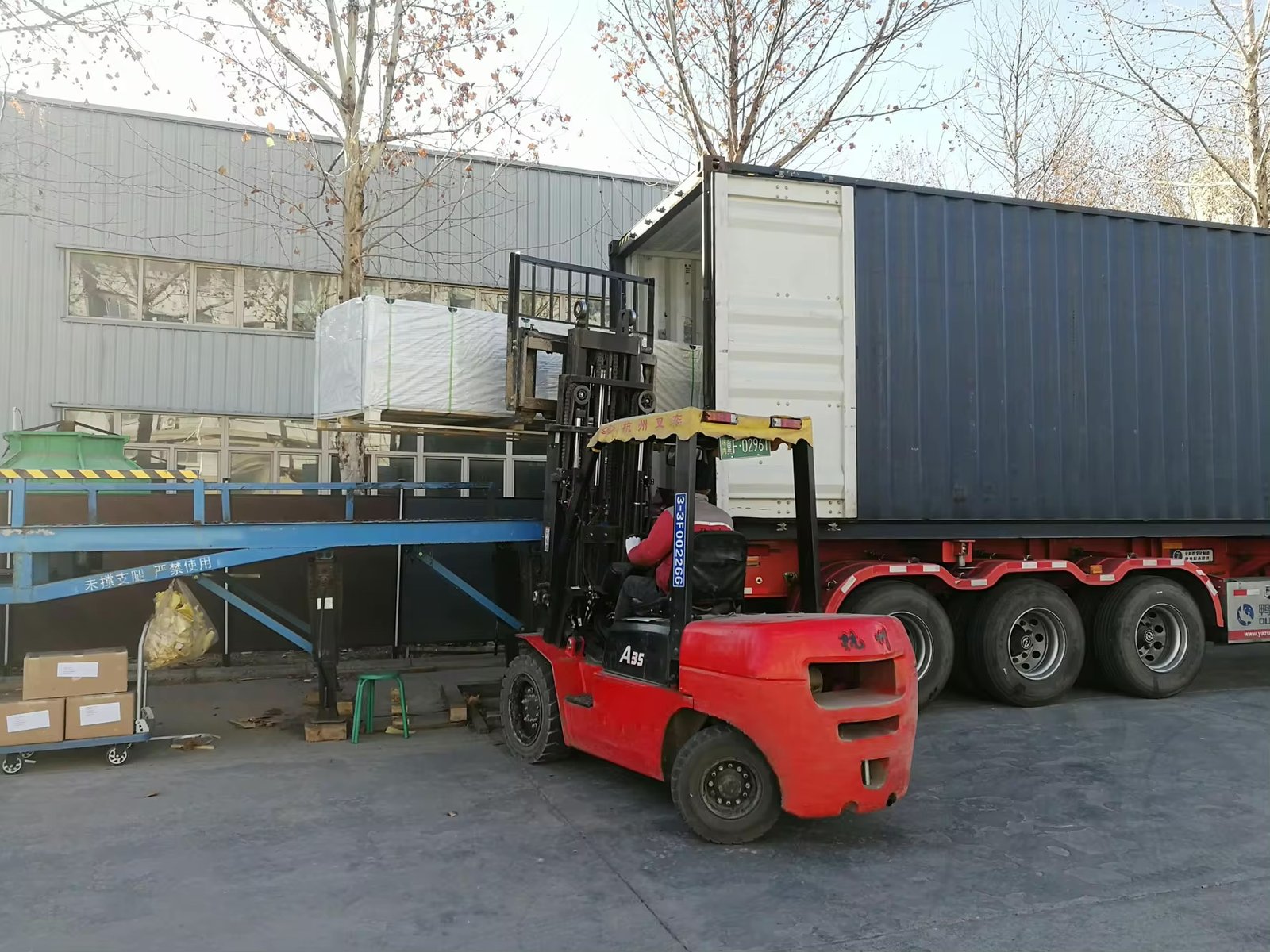
Why Choose Plastory?
Baoding Plastory New Materials Co., Ltd. is a manufacturer of decorative materials with over 9 years of experience and 56 separate production lines.
Currently, our annual production exceeds 30,000 tons, with products exported to more than 50 countries worldwide.
Plastory is the drafting unit of the WPC National Standards and has obtained certifications such as REACH, ASTM, CE, and FSC. Plastory is dedicated to maintaining consistent quality, focusing on details, and prioritizing customer satisfaction.
Our factory is located in Baoding, Hebei Province, China, with a prime location and convenient transportation access. Baoding is approximately a 1.5-hour drive from Beijing Capital International Airport and just 2 hours away from Tianjin Port, making it easy for global clients to visit and facilitating efficient shipping of goods. Our facility spans a large area, equipped with advanced production equipment and modern testing facilities to ensure that every batch of products meets the highest quality standards.
We warmly welcome clients from around the world to visit our factory, where you can see our production processes firsthand and experience our product quality. Please feel free to reach out to us—we are committed to providing you with the best products and services.
Kindly get in touch with us to request a product catalogue.

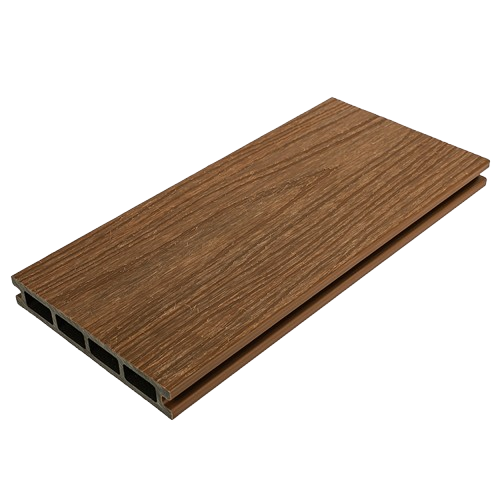
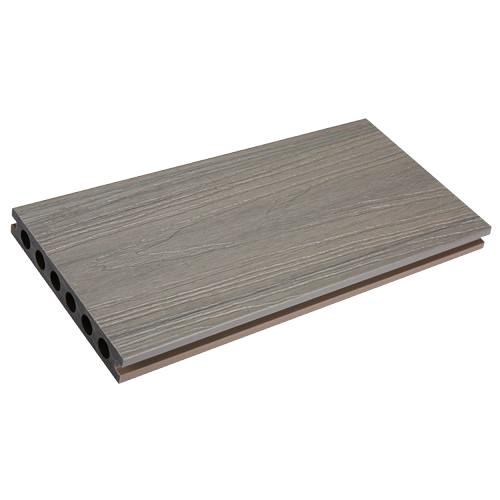
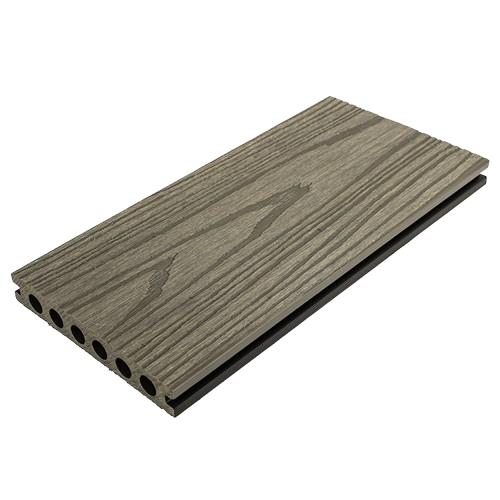
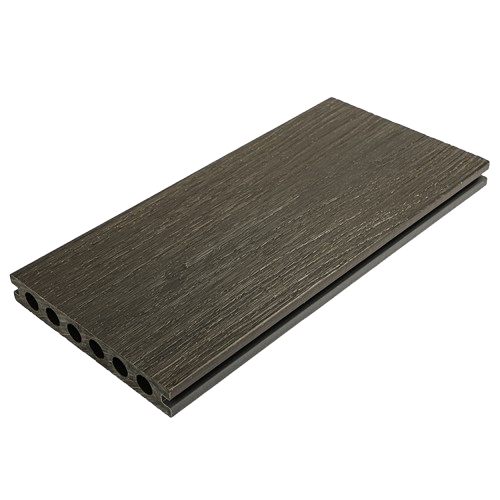
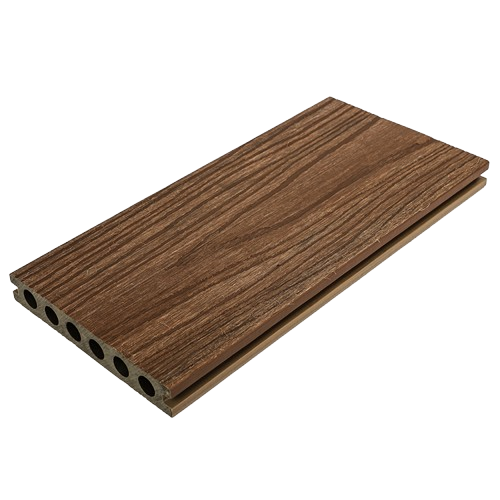
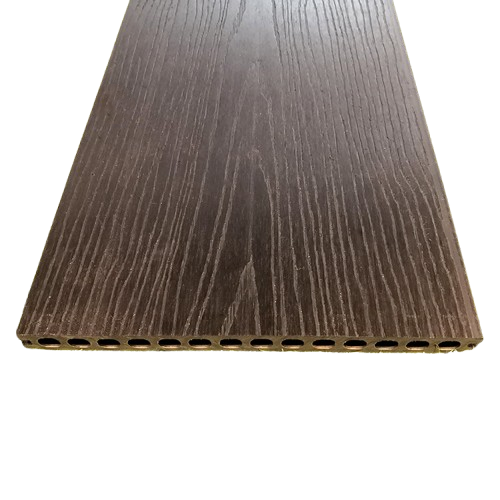
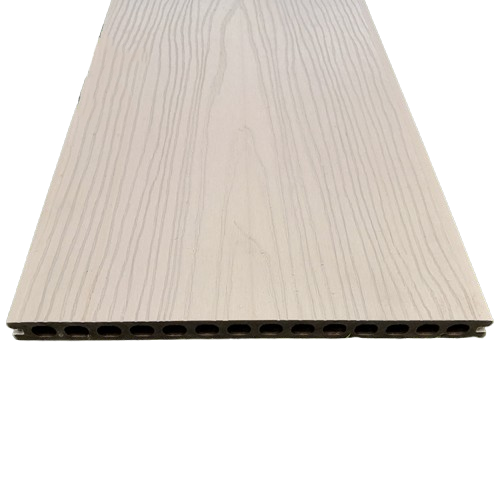

Reviews
There are no reviews yet.